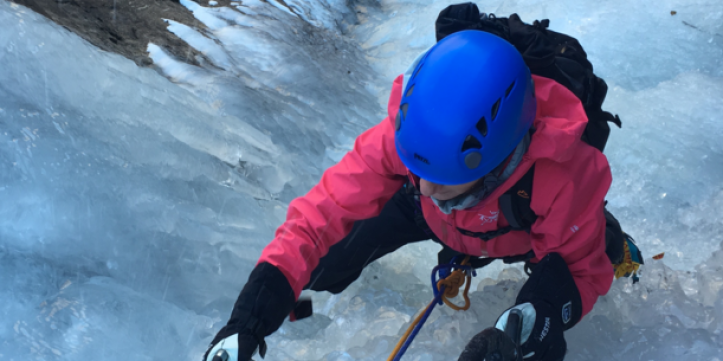 “How do you train?” – this question used to startle me on early expeditions. Unlike some of my fellow travellers, I did not drag a truck’s tire on a sandy beach, run half-marathons or, for that matter, climb staircases of skyscrapers dressed in a catsuit with a 90L backpack on my back. In fact, I would have never got to a start line of high altitude mountaineering had I thought of my now 5,000+ hours on a hill as a daily grind of training. For me, it was poetry of adventure, twilight of the wee hours of a day and adrenalin of rock-climbing when the only thing you can think of is your next step.
“How do you train?” – this question used to startle me on early expeditions. Unlike some of my fellow travellers, I did not drag a truck’s tire on a sandy beach, run half-marathons or, for that matter, climb staircases of skyscrapers dressed in a catsuit with a 90L backpack on my back. In fact, I would have never got to a start line of high altitude mountaineering had I thought of my now 5,000+ hours on a hill as a daily grind of training. For me, it was poetry of adventure, twilight of the wee hours of a day and adrenalin of rock-climbing when the only thing you can think of is your next step.
Some of us are lucky having been born sporty or having been taught at an early age a joy of pushing your body hard. Most of us though think of ‘training’ as a chore, a ‘resolution’ that requires a vow of determination and creates a mental block. Until recently, I firmly belonged to the second category.
What got me out and to the place where I am today – undertaking Explorers Grand Slam challenge or being able to ski 60 miles to the South Pole in -40C in just 5 days – was the sense of adventure. Sleeping in a refuge perched on a rock in a smelly room full of 30 strangers, waking up at 2am, putting on a headlamp and heading to the hill to pull, push, grind teeth and experience exaltation at the top. The days were long, often 10 to 14 hours. I remember coming back from my first alpine summit – Mont Blanc via Trois Monts – not having a strength to speak to anyone. Or experiencing type 2 fun on my first backcountry ski tour – lost in a blizzard being shouted at for being too slow by a stern old French guy.
The beauty of mountaineering is that for beginners it does not require a high baseline of fitness. Until today, I don’t know what is my VO2Max but I do know that I can walk for 12 hours straight in blizzard and keep conversational pace. You build that endurance over time, hour by hour, pitch by pitch, while enjoying the same sense of achievement as Ueli Steck or Kilian Jornet by finishing your first multi-pitch climb or getting to your first summit. This asymmetry of skill vs enjoyment is rare in sport and is what makes alpinism a perfect one to adopt later in life.
The two cornerstones of success in amateur alpinism in my view are development of baseline endurance and mastering technique that lends itself to efficiency. Up on the hill it’s all about conserving energy and staying safe. I remember being frustrated of not be able to make an elegant jump turn in a steep couloir and sliding down sheepishly instead. And getting praised by my guide who’d say with a French droll: ‘Mashaaaa, never mind…you are being efficient’… I thought then it was an empathy with my misery. Now I repeat this phrase every time I get out of breath – ‘remain efficient’. When you move at high altitude, the key is less not more. Less movements with more impact. Slow and steady rather than fast and irregular.
Mixed climbing rests on many disciplines. Dedicating time and effort to developing skill pays off on a summit day. Small details like positioning of your feet when climbing on a steep slope or being able to hang and rest on fixed line is what makes a vital margin of difference for energy one needs to summit. And of course mental strength – being able to quieten your mind. I use podcasts to straighten that wimpish girl in my head when going gets tough.
So don’t be put off by images of glorious bodies on the rock. Instead get yourself out there in the elements with many walking, climbing, hiking groups out there. Get to do stupidly long days in surroundings that lift you up. Share cathedrals of nature with the greatest. And before you know it you will be climbing ‘your’ very own Everest!



Leave a Reply